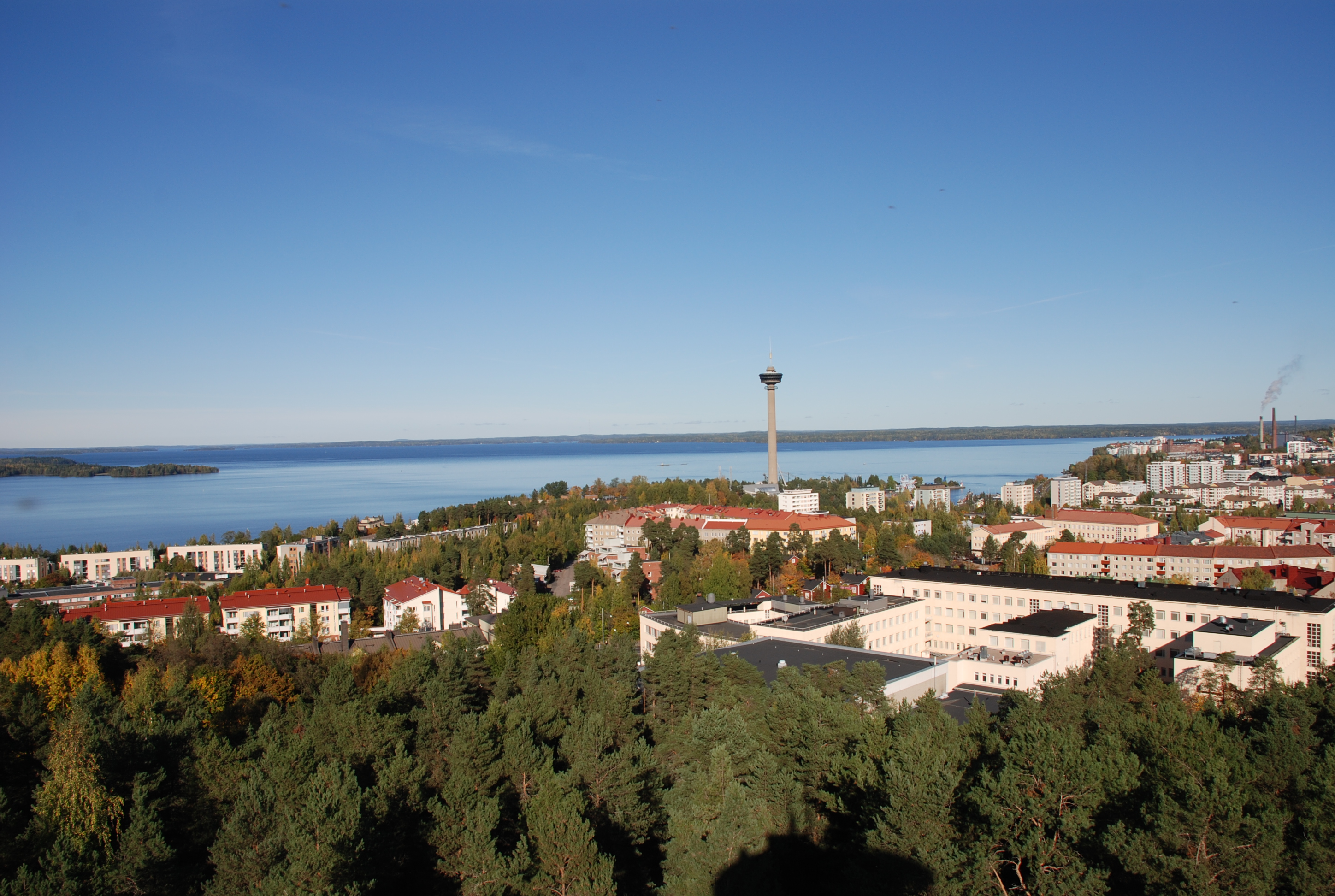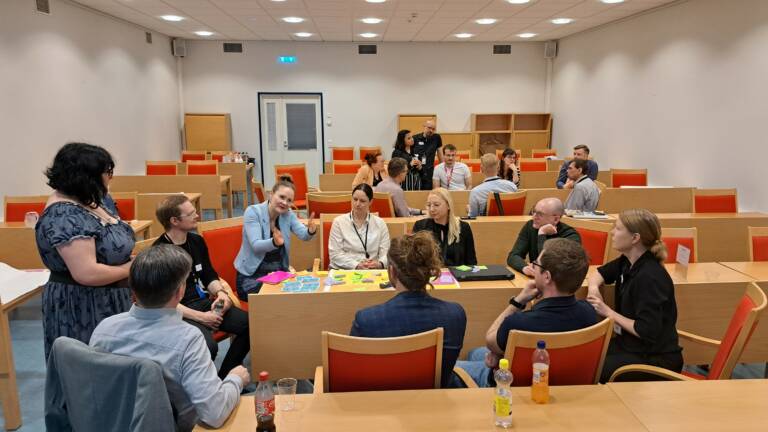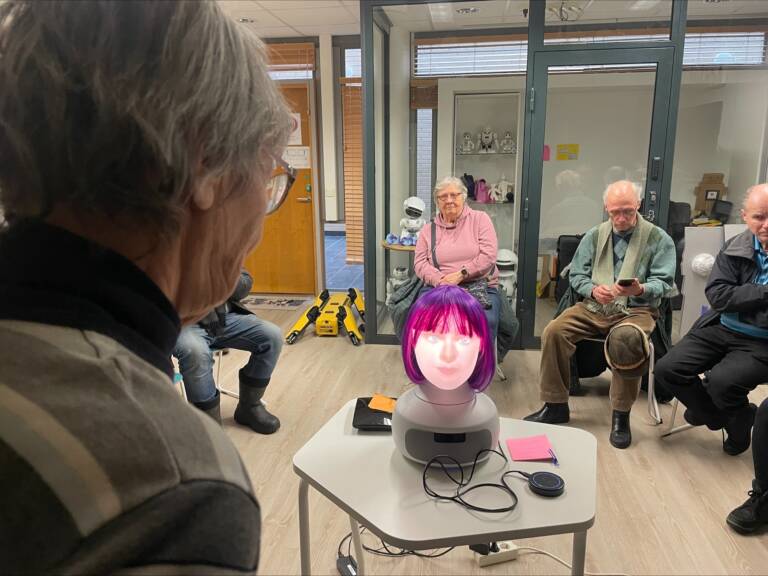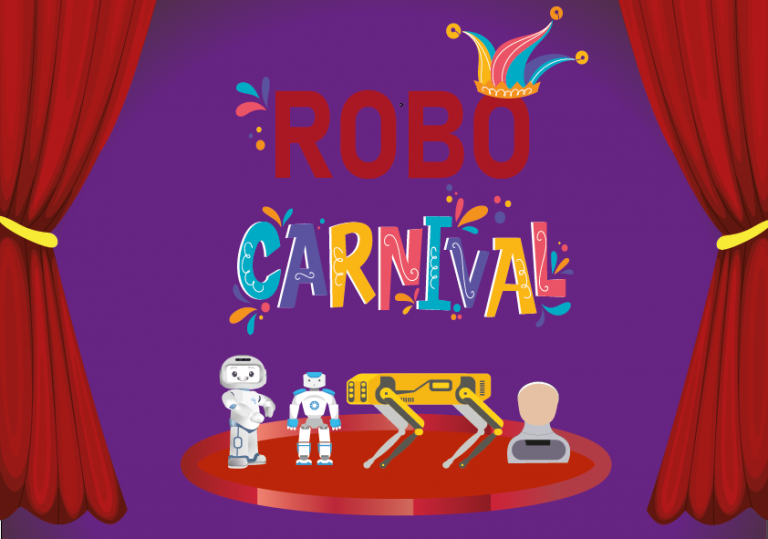Psychology!! Why on earth we need to learn about psychology? In the collaborative workshop, the high schoolers from Tampereen teknillinen lukio shared with us why psychology was interesting for them, what they have learnt from it on their project courses and how they could utilize the knowledge in the future. In addition, the students from Tampere University shared their viewpoints on psychology and its application in the context of technology. This multidisciplinary 2 hour online workshop started was organized on 14th April. There, the high schoolers and the university students shared their psychology and creativity stories, learnt about each other’s discipline, why psychology and creativity are important for them and brainstormed on three interesting creativity topics on Mural canvas. Finally, the session ended with a wrap of what we learnt, why this was interesting and how we could use such methods in the future.
The workshop was kicked off by psychology teacher Heidi Meltovuo and her students describing their high school project course called Luovuus ja asiantuntijuus (Creativity and expertism). They gave nice examples of the creativity boosting tasks they had done in the course, aiming for increase of collaboration and creativity, for example, by creating “crazy” interview questions. There, the students wrote five distinct words on pieces of paper and passed it around. The receiver of the word/topic needed to come up with a question based on it. In addition, they had attended Demola global lecture where they learnt about creative confidence (one should not be afraid to be creative, they should not be afraid to break the rules (not law), and they should not be afraid to fail). They also described their small projects that the students had done. As a project work, the student groups have planned brand new product concepts and advertisements for them.
After that, Human-Technology Interaction (HTI) lecturer Aino Ahtinen explained a bit about what it is like to study HTI at Tampere University, what kind of topics we are learning, and how international the study setting actually is. She also explained the best parts of this work from the teacher’s perspective: meeting and supervising students, conducting project work with them, and indeed, the international atmosphere and experiencing different cultures.
The university students shared their own journeys regarding their education thus far, and what kind of a role psychology as well as creativity had played on it. Whilst they all had arrived to the conclusion of wanting to study HTI as part of their degrees, the routes and reasons why this was their chosen area of interest varied with the students. A common, shared motivator seemed to be the fact that technology, in particular Human-Technology interaction, allowed and encouraged creativity. One of the students shared how they were torn prior to starting their studies with how to combine a creative mindset outside an arts focused degree with also being able to use their analytical thinking skills, noting they felt that the forementioned two were sometimes seen as mutually exclusive by people outside of those areas of study.
The other students seemed to share this same opinion regarding the polarization of STEM and more traditionally creativity-associated art subjects in secondary school education, with one quoting they “felt too creative for a technology subject” before opting for their area of study. The students all noted how creativity was an essential part of their studies so far, ranging from it being useful in coding but also in project design and research formulation. The students walked the audience through a typical master level university project, and how creativity was in the background for many of the design decisions, as well as how it could be used to further come up with new design ideas or how to repurpose already existing technology for other uses.
Regarding the role of psychology within information technology, the students shared how it was not only crucial to ensure comfortable user experience via using appropriate colours, making the systems user friendly as well as easy to navigate and use, but how it was also used in newer technologies to treat body dysmorphia in virtual reality therapy, or in robotics to make the robots as non-threatening and fit for their intended purposes as possible. They also touched upon how it was important to understand psychology when designing new programs or machines also for other people in the same field.
The main takeaway from the university students was that creativity was essential and could indeed be combined with a more analytical skillset in many such areas that were not yet perhaps available for high school level study. The university students mentioned that they were still somewhat unsure regarding what they wanted to do in their futures, and reassured the high schoolers, that it is ok to not have a clear vision of what their future studies or careers will be like.
After sharing our stories, we continued with the interactive workshop session in Mural canvas. Three topics were suggested by the facilitators: creating a new beverage product, generating extreme ideas, and techniques that boost our creativity. We had to select one topic to think about it for 15 minutes. We documented our outcome on the canvas. Once we were done, we went through the ideas together and discussed the effectiveness of the session.

Generating extreme product ideas had the students really dip into their creative side, with some approaching the “extremeness” from the point of how to make an already existing product as unusable as possible, while the others thought of bizarrely unconventional ways to repurpose products.
Some of the highlights include “the most unusable chair”, featuring 4.5m tall legs connecting in a singular point on the ground level, with the seat layered with sulfuric acid and the material of choice for the main body of the chair being platinum.
Ideas for the most dangerous vehicle included designs of cars without any windows, doors, breaks, wheels nor seat belts as well as a more simple repurposing idea of a canon. The high schoolers clearly had adopted the idea of ecological design, as most of the vehicles would reduce the times the person using them would travel again.
The most expensive text–book design included the following: embedded tabletop computer, with 2x nvidia 3090 ti, intel core i9 ****, 80gt hard drive, all welded to the same circuit board covered in epoxy, with an 8k screen that has perfect colour rendering, and the only allowed usage being to read the specific book – the whole books license expires in 4 years.
There was a good discussion on what boosts the participants’ creativity. Participants mentioned they need creativity at work, while painting, drawing or building miniatures. Good music, walking, nature, movies, own pet etc. inspire them to be creative. There were interesting discussions on creative space, for example, one participant mentioned that forest was her creative space.
Based on the final wrap up and discussion about this collaborative workshop, the workshop was perceived as successful in both ends. One of the high school students described the workshop followingly: “Beneficial stories about worklife and university studies from the students, told from the perspective of psychology. We could get new ideas for our own future and career selection, and the meaning and usefulnes of psychology knowledge was broadened – how versatile that knowledge actually is.” Heidi Meltovuo, the psychology teacher from Teknillinen lukio, explained that it was comforting for high school students to get to know about different kinds of study paths and interdisciplinary studies. In addition it was very useful to hear how psychological knowledge helps and is used in the field of computer science as developing an understandable code or creating a social robot or better immersion for VR. She was also happy that the university students’ stories mentioned that the highschool students (or even uni students) don’t need to know yet their exact profession-to-be, as there are many ways to choose and go, and one can even change the direction later on. In addition, it was mentioned by one high school student that Mural supported this kind of collaboration online: “We made funny tasks and they were nice to make, and Mural was handy after the idea how to use it was caught”. Concerning the tasks that we made together, one uni student commented that these tasks can act as really good icebreakers and enablers for getting into creative mode. These could be used even in uni courses. In the session, we learned that we all are creative and there are ways to boost our creativity! This kind of collaborative activity between TekLu and TAU will definitely continue, next time hopefully in class together with our social robots, which are very good for collaborative projects and also as icebreakers.
Written by Venla Kamppari, master student of Information Technology; Aparajita Chowdhury, PhD student of Human-Technology Interaction; Aino Ahtinen, University Lecturer in HTI & Heidi Meltovuo, Psychology Teacher in Teknillinen lukio





